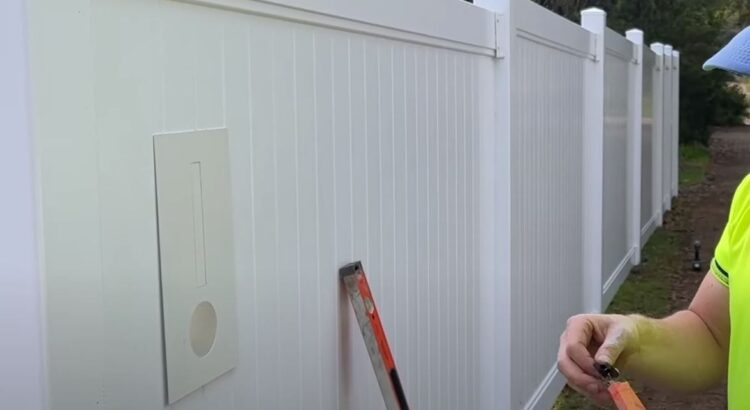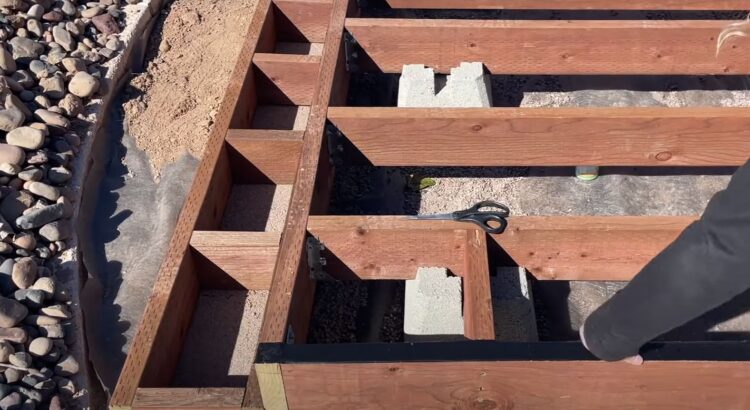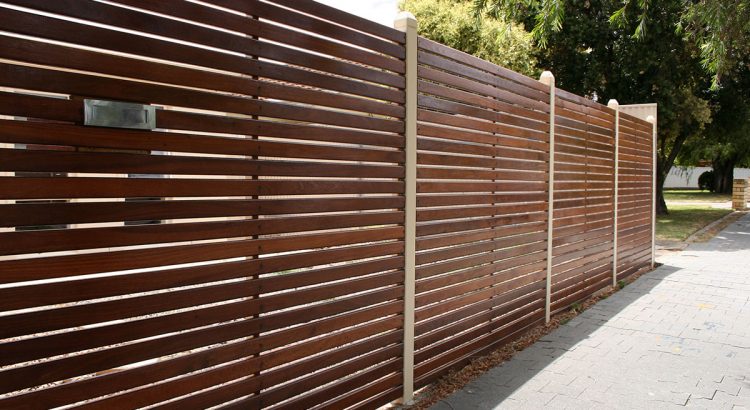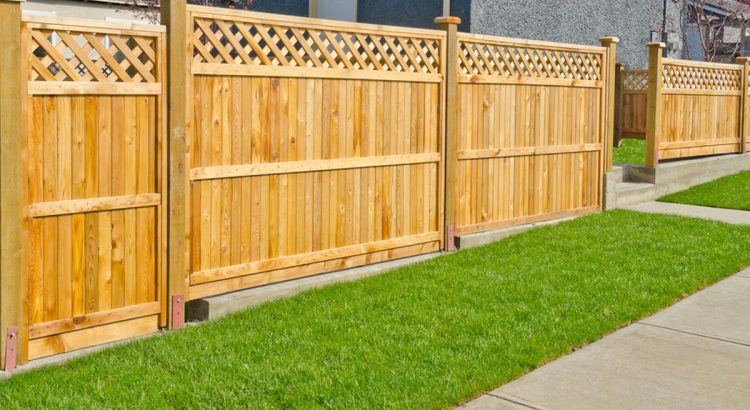Finding Reputable Fence Builders in Auckland
Auckland, with its blend of urban and natural beauty, demands both functional and aesthetic fencing solutions. Fencing not only demarcates property boundaries but also adds significant value and character to homes. Hence, selecting a trusted fence builder in Auckland becomes an imperative decision for property owners.
Considerations Before Fence Installation
Before diving into your fence building journey, here are key aspects to bear in mind:
- Purpose of Fencing: Understand your primary reason for installing a fence. Is it for privacy, security, aesthetics, or perhaps a blend of all three?
- Material Selection: While timber fencing is a favourite among many Aucklanders, there’s a wide array of materials available, each with its distinct advantages and considerations.
- Budget: Establish a clear budget, but be wary of compromising on quality. High-quality fence timber NZ options can sometimes be a cost-effective choice in the long run due to durability and reduced maintenance.
Reputation Matters: Selecting Auckland Fence Builders
When it comes to fence build endeavors, reputation and reliability can’t be overstated. Here’s how you can find the right Auckland fence builder:
- Word of Mouth: Nothing beats personal recommendations. Speak to friends, neighbours, or colleagues who’ve recently had fencing work done.
- Online Reviews: Explore Auckland fence installers’ reviews online. Websites and platforms can provide invaluable insights into their work quality, reliability, and customer satisfaction.
- Portfolio: Reputable Auckland fence builders often have a portfolio showcasing their previous projects. This can provide fence design ideas NZ inspirations and also a feel of their craftsmanship.
- Quotes and Transparency: Ensure your chosen builder offers transparent quotes, encompassing all costs. A detailed breakdown aids in understanding where your money goes.
Local Insights: Suburb Specific Considerations
Auckland’s diverse landscape offers unique challenges and opportunities:
- Mount Roskill: Being a suburb that’s seen considerable development, homeowners here may lean more towards modern fence design ideas NZ inspirations. Ensuring a blend of style and functionality is key.
- Oteha: Given its proximity to the coast, factors such as salt spray corrosion and heightened humidity might influence material choices and design considerations.
- Maraetai: As a seaside town, homeowners often opt for fence designs that complement the serene coastal views. Durability against coastal weather patterns is also a critical factor here.
- West Harbour: Nestled between water bodies, properties here benefit from fence designs that blend seamlessly with the natural surroundings while ensuring optimum privacy.
Auckland Council Bylaws Impacting Fencing
Auckland Council has specific bylaws affecting fence installations. For instance:
- Height Restrictions: In most residential zones, the Auckland Council restricts the height of fences at the front of properties. For exact details, it’s advisable to check the local bylaws specific to your suburb.
- Suburb Specific Codes: Some suburbs, due to their unique landscapes or heritage considerations, might have additional requirements. For example, heritage zones in areas governed by the Whau Local Board might have restrictions on materials or designs to retain historical integrity.
Fence Materials: Beyond Timber
While timber fencing is timeless, there are other materials to consider:
- Vinyl fencing (PVC Fencing): This offers a clean, modern look and is incredibly durable. It’s also virtually maintenance-free.
- Bamboo Fencing: An eco-friendly choice that brings a natural, tropical feel to your property.
- Metal Fencing & Wrought Iron Fencing: Ideal for those seeking both style and high security.
Summary Table: Auckland Fence Options
| Material | Pros | Cons | Maintenance | Best For |
| Timber | Timeless look, versatile designs | Can be susceptible to pests | Moderate | Traditional & versatile designs |
| Vinyl | Durable, modern appearance | Can be costlier initially | Low | Modern properties, low maintenance |
| Bamboo | Eco-friendly, unique look | May not provide utmost privacy | Moderate | Environmentally conscious homeowners |
| Metal | High security, durable | Can be expensive, requires anti-rust treatments | Low to moderate | Security & grandeur |
Conclusion
Every fence tells a story, be it about the homeowner’s personal style, the history of an Auckland suburb, or the purpose it serves. With careful consideration, guidance from trusted Auckland fence builders, and knowledge of local requirements, you’re well on your way to building a fence that not only stands the test of time but also adds charm to your property’s landscape.
Frequently Asked Questions on Fencing in Auckland
How long does a typical timber fence last in Auckland?
With regular maintenance, a timber fence in Auckland can last anywhere from 10 to 15 years, depending on environmental factors and the quality of the wood.
Are there specific fence regulations for Auckland suburbs like West Harbour?
Yes, each suburb may have unique regulations based on its landscape, heritage, or other factors. It’s best to consult the Auckland Council or a local fence builder Auckland specialist for detailed guidelines specific to your suburb.
What are some popular fence design ideas NZ homeowners are adopting?
Modern designs include horizontal slat fences, metal and timber combos, and eco-friendly bamboo fencing. However, traditional picket fences and solid wooden fences remain ever-popular.
How do environmental factors in coastal areas like Maraetai affect fencing choices?
Coastal areas like Maraetai have added considerations like salt spray corrosion and humidity. It’s advisable to choose materials that resist these elements, such as treated timber or rust-resistant metals.
Is it more cost-effective to repair or replace a damaged fence?
This largely depends on the extent of the damage. Minor damages might be more cost-effective to repair, but if the fence is old or has extensive damage, replacement might be a more economical long-term solution.
Do Auckland fence installers typically handle permits and council regulations?
Most reputable Auckland fence builders will assist with obtaining necessary permits and ensuring the fence adheres to local council regulations, but it’s always good to discuss and confirm this upfront.







